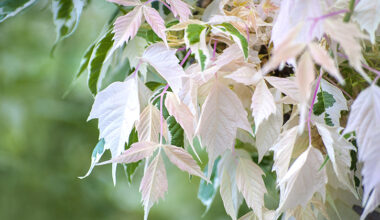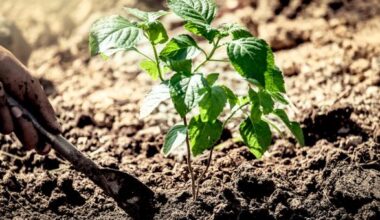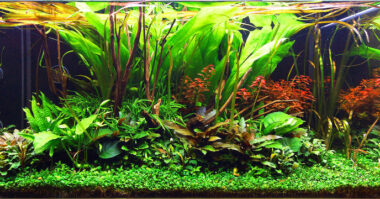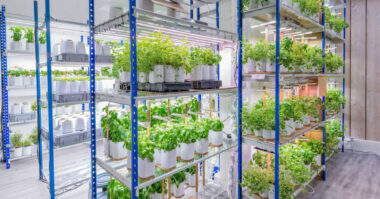Do plants listen to music? How can a plant possibly react to music? Plants breathe through many mouths, which are called stomata. Here is how stomata react to music.
Contents
Music would cure illnesses
In the wine industry, his method is being used more and more to take care of the vines. The Esca disease prevents the sap from circulating in the vessels and kills the vines.
Having overcome effective chemical treatments, some winegrowers have preferred to turn to a gentle method. The Genodics company created by Sternheimer and among others, Michel Duhamel, offers musical solutions to agricultural professionals.
For several minutes each day, a loudspeaker plays a melody specially designed for plants. The idea is that music makes the disease less aggressive. The goal is not to succeed in eradicating the disease but to “make the bad guy less bad”. A kind of tolerance between the two sets in. The melody that we call proteody thus takes over from chemical treatments.
Music Increases Growth
When certain music, high-pitched tones, or bird songs make the plant vibrate, at a frequency that is not exactly that of the calcium resonance, the stomata open after a while, even though the plant would normally keep them closed.
Tests have shown that a fertilizer applied to the leaves of the plant will have more effect on its development and growth if its stomata are wide open. This makes sense: plants absorb the fertilizer given to the leaves through their stomata. Different combinations of frequency and fertilizer are available for different types of crops.
However, this method is not foolproof. If the stomata are forced to remain open, the plant will be unable to control the amount of water it loses through transpiration, so it risks dehydration. This means that exposing your plants to music for more than three hours a day could put them at risk…
Plants prefer classical music
Plants react positively to classical music, but not, for example, to heavy metal. It can be assumed that purer tones are used in classical music, whereas heavy metal uses guitar effects such as distortion, which cannot be considered pure.
Green Ears
Although techniques to encourage plant growth have existed since the dawn of time, this art is moribund: modern horticulturists possess only a fraction of the knowledge of their predecessors.
We don’t know exactly how music influences the development and growth of plants, but we are discovering more about the physics of resonance, and we are moving towards solid scientific evidence and theories in this area. Who knows, twenty years from now, people might laugh if you tell them that plants don’t have ears!
What music to make your plants grow?
As you will have understood, scientists do not use the music on the radio, but rather a custom-made sound frequency. To make sure that the plants in your apartment grow faster, you would have to become a biologist and determine the protein responsible for their growth… impossible.
Plants love music, but not just any music!
First of all, you need soft music at a frequency below 1000 Hertz. No need to take your plant to the disco to make it beautiful and blooming. It would be likely to make gray mine.
On the style side, you must opt for classical music. Mozart has already proven himself. Thanks to this method, an Italian winemaker was able to harvest his harvest two weeks before his colleagues.
In any case, rock music is not unanimous for our friends, the green plants. It would seem that this style of music is fatal to them, so much so that their leaves would shrivel up all of a sudden!
Summary
Several studies have shown that plants are sensitive to sound waves caused by music. If they do not react immediately, it seems that they grow faster.
In fact, one researcher has made his tomato plants listen to music. The tomatoes grew twice as fast as those that did not benefit from the soft melodies. Same observation on wheat.








